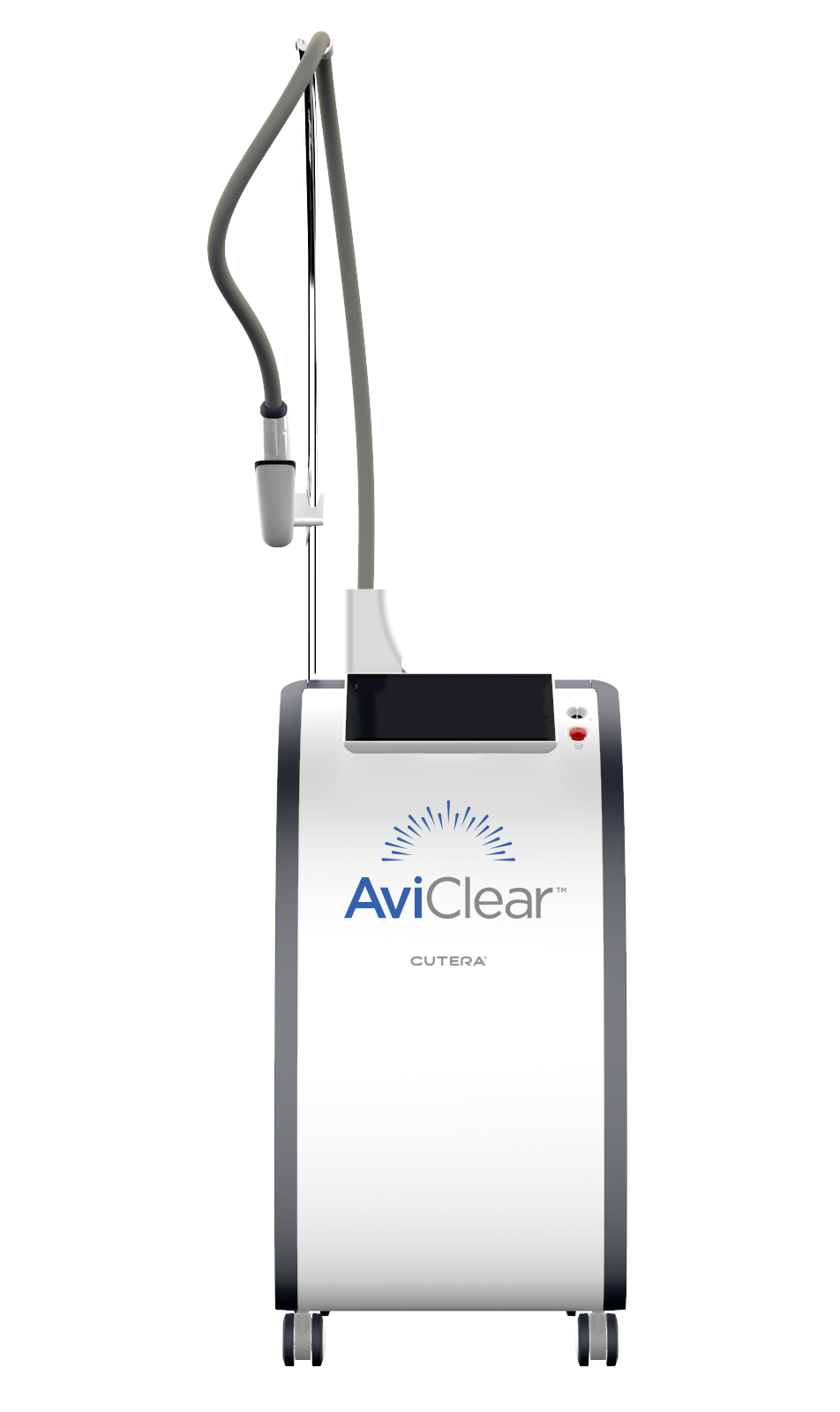AviClear® ---The biggest breakthrough in acne treatment since Accutane®
- Jing-Jing Cardona
- May 13, 2023
- 4 min read
Updated: May 23, 2023

Why do we care about acne?
Acne is the most common skin condition affecting as many as 50 million Americans annually, and 85% of people aged 12 to 24. It seems as if everyone can be affected. Males are more commonly affected than females, but those living in urban communities are at higher risk than those living in rural communities. Those of Asian or African descent tend to have more severe forms of acne and tend to have post-inflammatory hyperpigmentation, while mild acne is more common in the white population. Acne rates seem to peak in the adolescent years however acne lesions can still be found in newborn babies and older-aged adults.
Acne is a common skin condition that happens when hair follicles under the skin become clogged.

Acne is an inflammatory disorder of the skin, which has sebaceous (oil) glands that connects to the hair follicle, which contains a fine hair. In healthy skin, the sebaceous glands make sebum (oil that helps keep skin from drying out) that empties onto the skin surface through the pore, which is an opening in the follicle. Keratinocytes, a type of skin cell, line the follicle. Normally as the body sheds skin cells, the keratinocytes rise to the surface of the skin.

When someone has acne, the hair, sebum, and keratinocytes stick together inside the pore. This prevents the keratinocytes from shedding and keeps the sebum from reaching the surface of the skin. The mixture of oil and cells allows bacteria that normally live on the skin to grow in the plugged follicles and cause inflammation—swelling, redness, heat, and pain. When the wall of the plugged follicle breaks down, it spills the bacteria, skin cells, and sebum into nearby skin, creating lesions or pimples.
How is acne treated?

There seem to be hundreds of products in the drugstores and online dedicated to treating acne and although there are different types of acne treatment available to patients, most are not without some trade-offs. Dermatologists and primary care providers have commonly prescribed topical creams and ointments, like topical retinoids and antibiotics, prolonged courses of oral antibiotics, oral hormonal therapy such as birth control pills, and oral isotretinoin (also known as Accutane®) which has long been known as the gold standard for treating stubborn-to-treat, severe nodulocystic acne. Most often, acne treatment regimens consist of multiple skincare steps and involve more than one of these prescription treatments which usually can be messy, time-consuming, extremely harsh on the skin, and only moderately effective. Worse, some of the oral prescriptions carry more serious side effects including hypersensitivity reactions like pneumonitis, cardiac conduction abnormalities, liver toxicity, and birth defects.
What is new?
In 1982, the FDA approved Accutane® as an oral prescription medication for treating severe acne. Immediately following that, there was a dramatic drop in the number of severe acne cases. Accutane® stops the production of sebum by shrinking the sebum glands. While it worked extremely well at treating one of the main causes of acne, it also came with many side effects including: dry lips, eyes, skin, and nose, a change in cholesterol levels, sun sensitivity (more susceptible to sunburns), thinning hair, decreased night vision, headaches, and mental health issues (may cause depression or suicidal thoughts). Severe birth defects, miscarriage, and stillbirth are among the most serious side effects of Accutane®, so women of childbearing age are required to use birth control to prevent pregnancy when taking the drug.

In 2022, the FDA cleared a new laser device that uses a 1726nm wavelength to selectively target and down regulate the sebaceous glands. With a similar target as Accutane®, research shows that results for acne improvement and treatment by AviClear® equals the success of Accutane® – without the side effects. In clinical studies, 90% of patients showed visible improvement, and 87% saw at least half of their acne clear. Patients with moderate and severe acne who were treated with AviClear® had a 93% reduction in inflammatory acne lesions within the first 6 months of treatment. Patients tolerated the treatment well and no adverse events were observed.
Best of all, there were almost no side effects reported during the clinical trials. Other than a bit of redness around pimples which was very short-lived, and occasional acne flares, there is no swelling, blistering, scabbing or patches of redness. Additionally, because AviClear® is a laser/light treatment, there are no systemic side effects like there are with antibiotics and especially with Accutane®.
What to expect with AviClear®?
This innovative skincare solution is suitable for all skin types, requires no downtime, has minimal side effects, and provides lasting results after just three easy 30-minute treatment sessions. Treatments with AviClear® don’t produce results right away. Most patients will experience improvement four to six weeks after their initial treatment session. Numerous studies have demonstrated that three treatments spaced four to six weeks apart yield the best effects.

Photo courtesy of Cutera
Key Takeaways
AviClear® is prescription-free and can effectively treat even stubborn cases of acne. The treatment is fast and comfortable, and the clinical studies indicate promising results that are long-lasting for most patients.
If stubborn acne has negatively impacted your life, it’s time to learn more about AviClear® .
Cardona Direct Primary Care is so happy to have one of three AviClear® devices in Jacksonville. Call us to add your name to the list of patients want to experience this safe, prescription-free acne treatment now. (904) 551-4625 or visit cardonadpc.com/aviclear










Comments